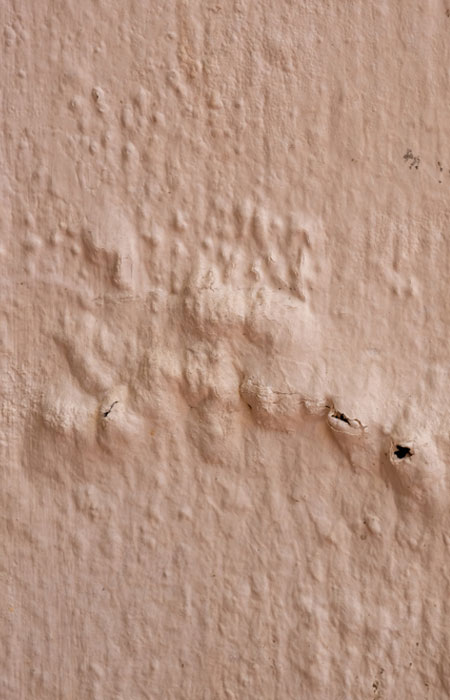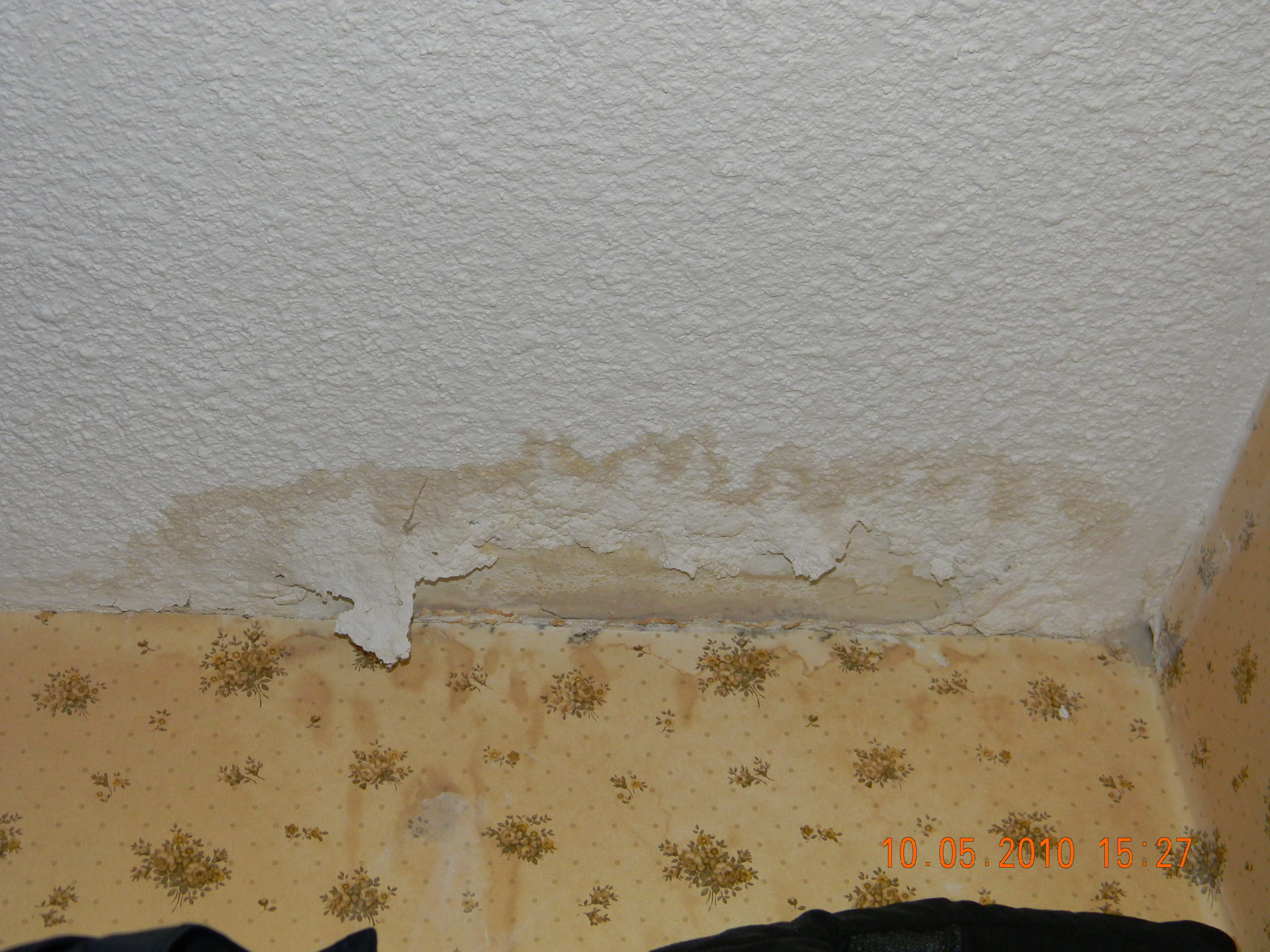Wall Leak Identification and Fix - An Extensive Guide
Wall Leak Identification and Fix - An Extensive Guide
Blog Article
What're your thoughts about Water Stains on Walls?

Water discolorations on wall surfaces are not pleasant to the eyes. Your residence must lack stains on the wall surfaces, roof covering, or floors. That is the ideal state of a house as well as its structures. Yet, sometimes it appears almost inevitable to experience water spots on walls in homes.
House owners living in humid areas frequently deal with the fear of water discolorations on wall surfaces. With all-round and accurate info on the causes of water stains and also prompt repair service procedures, you will certainly always be a step in advance of such events.
3 Typical Sources Of Water Discolorations on Walls
Contrary to popular belief, water stains on walls do not constantly stem from poor building materials. There are several reasons for water spots on wall surfaces. These consist of:
Poor Water drainage
This will certainly prevent water from permeating into the walls. This links to excessive wetness that you notice on the walls of your building.
So, the leading reason for damp wall surfaces, in this situation, can be a poor water drainage system. It can additionally be due to inadequate monitoring of sewer pipes that run through the building.
Moist
When hot wet air consults with dry cold air, it creates water beads to form on the walls of buildings. When there is vapor from food preparation or showers, this happens in shower rooms and kitchen areas. The water droplets can stain the surrounding walls in these parts of your residence as well as spread to other locations.
Damp or condensation affects the roofing as well as walls of structures. This triggers them to appear darker than various other areas of the home. When the wall surface is wet, it creates an appropriate atmosphere for the growth of fungis as well as germs. These may have adverse impacts on wellness, such as allergies as well as respiratory system conditions.
Pipeline Leaks
A lot of houses have a network of pipes within the walls. This makes sure that the pipes are well away from the reach of destructive rats. It always boosts the viability of such pipes, as there is little oxygen within the wall surfaces. This dissuades rust.
Yet, a downside to this is that water leakage affects the walls of the building and also triggers prevalent damage. An indication of defective pipes is the appearance of a water discolor on the wall.
Water Spots on Wall Surface: Fixing Tips
When dealing with water discolorations, house owners would usually desire a quick repair. They would certainly soon understand this is disadvantageous as the water discolorations repeat. So, right here are a couple of helpful pointers that will lead you in the repair work of water discolorations on wall surfaces:
Pro Pointer
A houseplant in your home additionally raises its moisture. If the house is already moist, you may want to present houseplants with very little transpiration. An instance of suitable houseplants is succulents.
Final thought
Although no one intends to have water stains on walls in their residence, it can happen to the best of us. This article provides you leverage, as you now know just how to manage this mishap if it does happen.
It is always best to recruit professional services to aid repair the problems in your home.
In some cases it appears almost inevitable to experience water discolorations on walls in residences.
Contrary to preferred belief, water discolorations on walls do not always stem from inadequate structure products. There are numerous causes of water discolorations on walls. The water beads can discolor the surrounding walls in these parts of your home and also spread to other locations.
Right here are a couple of useful ideas that will guide you in the repair service of water discolorations on wall surfaces:
CHECKING FOR WATER DAMAGE
Water damage can be costly, and it may begin before you even notice the first signs of trouble. Water damage can cause mold and mildew in your walls and floors, which can create an abundance of health concerns for your family. It can also lead to costly repairs of various appliances and general home fixtures. To avoid the pricey consequences of water damage, here are Warner Service’s top 5 places you should check:
The walls – The easiest place to spot the beginnings of water damage is on the walls and ceilings of your home. If water damage is present, there will most likely be water stains, especially around the windows and doorframes, and/or cracks in the drywall. If a stain looks unusual (discolored to brown, black or gray, raised texture), has a swollen appearance or is soft to the touch, contact a professional immediately. The pipes – To avoid water damage, consistently check the pipes in your kitchen (especially the dishwasher and ice maker), bathrooms, laundry room (specifically washing machines) and basement for corrosion, leaks and water stains. Pay special attention to where the pipes connect in your home and the location of caulking around the bathroom fixtures, including toilets, sinks, showers and tubs. Missing or loose caulking and grout could be signs of leaking water. This seepage can also quickly cause mold and rust, so double check your water heater and tank for wet spots on the floor. The floor – Water damage is very easy to spot on the floor. Look for any warping or buckling of the material, especially in the basement. If your home has wood flooring, look for bright white or dark stains. If your home has carpeting, keep it dry and clean. A damp carpet that smells of mold could cause water damage and health problems. To avoid this, consider installing floor pans under your appliances to help prevent damages from small, slow and undetected leaks. The basement and attic – If your basement or attic smells odd check for mold and mildew around the area, especially the valley where the roof meets. While you are inspecting those areas, check for wall cracks, floor stains, rust and dampness in the insulation. If you live in a colder and/or rainier climate, perform routine checks for water damage from melting snow or ice and rain. The exterior – Check the roof for damaged flashing and missing, cracked or curled shingles. There should also be no standing water anywhere outside your home. This could be caused by puddles, leaky rain gutters or hoses, poor drainage, or short gutter spouts. Invest in a sump pump system or water flow monitoring system, and perform routine maintenance on these outdoor appliances to avoid indoor water damage.

I was made aware of that article about Indicators of Water Damage Behind Walls through a friend on our other web page. If you enjoyed reading our blog post if you please make sure you remember to share it. I recognize the value of reading our article about Water Stains on Walls.
For fast action, contact! Report this page